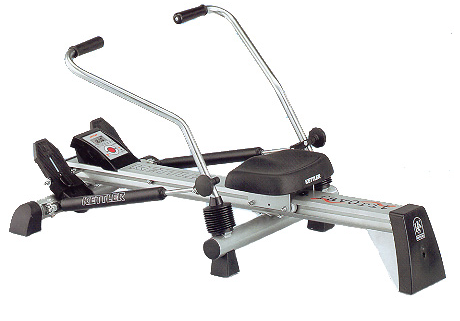Rowing machines are great machines for maintaining full body fitness. They provide low- to medium-impact exercise that has numerous benefits, namely improving cardiovascular health, building strength, and burning calories. These total body benefits that rowers bring have been a large part of their rise into popularity in the last decade. What most may not be aware of, however, is that there are four main types of rowing machines: air, water, magnetic, and hydraulic. Each offers unique benefits and drawbacks, so it's important to understand the differences before making a purchase.
Air Rowers
The most popular type of rower, Air rowing machines use a fan to create resistance. They offer a smooth, continuous motion that has minimal impact on your joints and muscles. Air rowers tend to be more affordable than the other types, making them an attractive option for those on a budget. Despite their lower price, they often come with features such as adjustable resistance levels, digital displays, and built-in programs that provide variety in your workouts. However, air rowers can be noisy due to the fan mechanism creating noise while in operation.
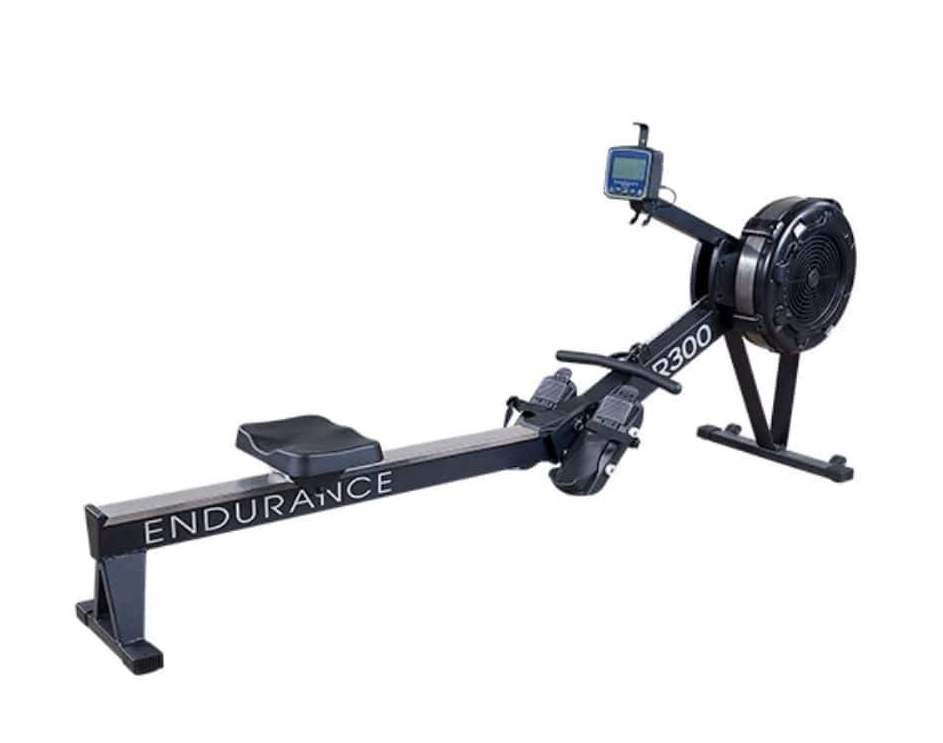

Water Rowers
Water rowing machines are a great option for an experience that feels a bit more authentic and "real." They utilize a flywheel with paddles in a tank of water to provide resistance, making them quieter than the previously mentioned air rower. Water rowers also offer adjustable resistance level and digital displays that can make your workouts more enjoyable and challenging. In addition, they feature high quality components such as stainless steel frames and robust construction--causing them to be more pricey than other types of rowers. While water rowing machines require less maintenance than air or magnetic models, they do need to be filled periodically, which can take some time depending on the size of the tank.
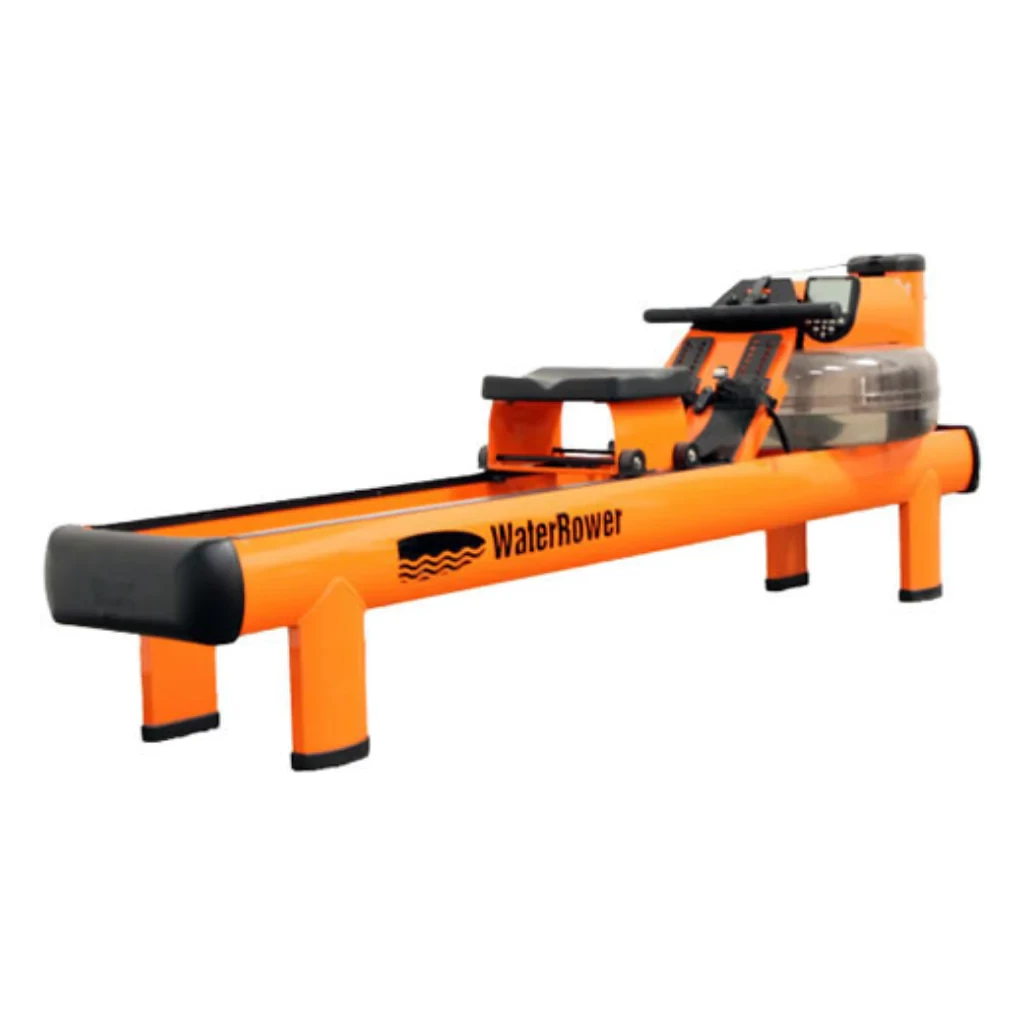
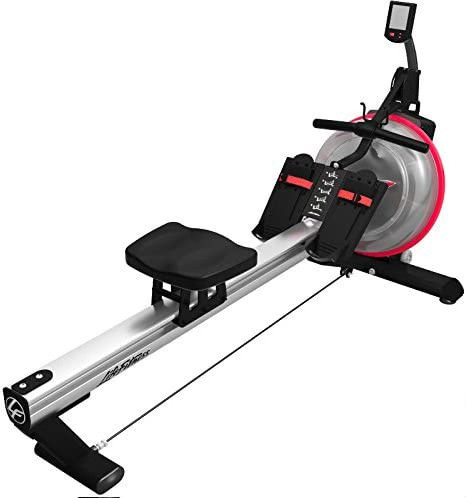
Magnetic Rowers
As the name suggests, this type of rowing machines uses magnets to create resistance. Magnetic rowers have a mechanism that's constructed with less bells and whistles than other types, making them among the more affordable bunch of rowers. Like the others, they typically come with adjustable resistance levels and digital displays that allow for workout customization. Unlike the others mentioned, however, magnetic rowing machines are ultra-quiet since they lack a noisy flywheel. The downside is that they tend to be the most mechanically problematic of the rower types. The magnets need to be cleaned periodically in order for the machine to work properly.

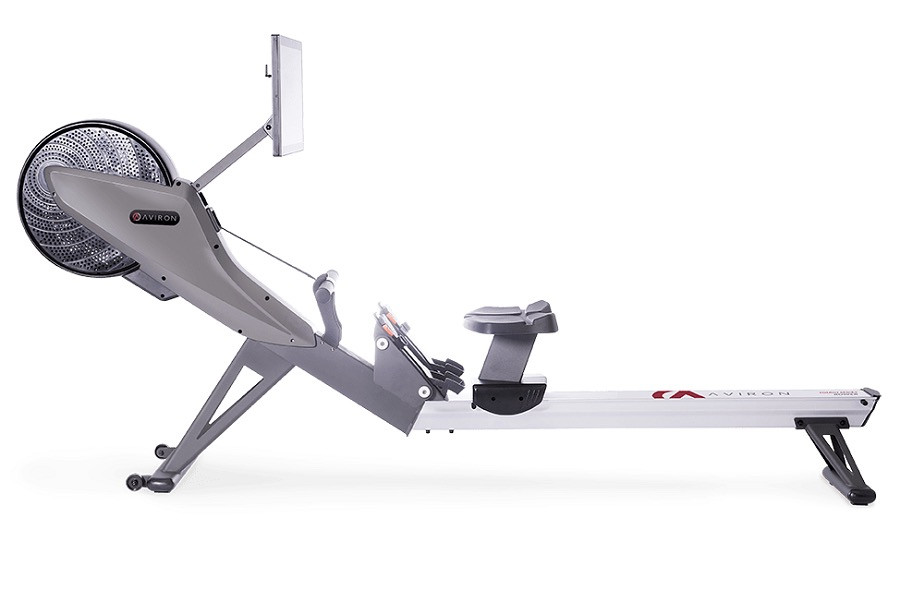
Hydraulic Rowers
Hydraulic rowers are the most compact of the four types, making them the ideal for those rowing at home or with limited space. They provide resistance via pistons that pump back and forth. Like the other three, you have the ability to look onto the digital display and adjust resistance for personalized difficulty. Hydraulic rowing machines use the least material and take up the least space among others, causing them to stay within a reasonable price range. They also prove to be affordable in the fact that they require less maintenance than other rowing machines--there's no fans nor paddles nor magnets that need cleaning on them.
